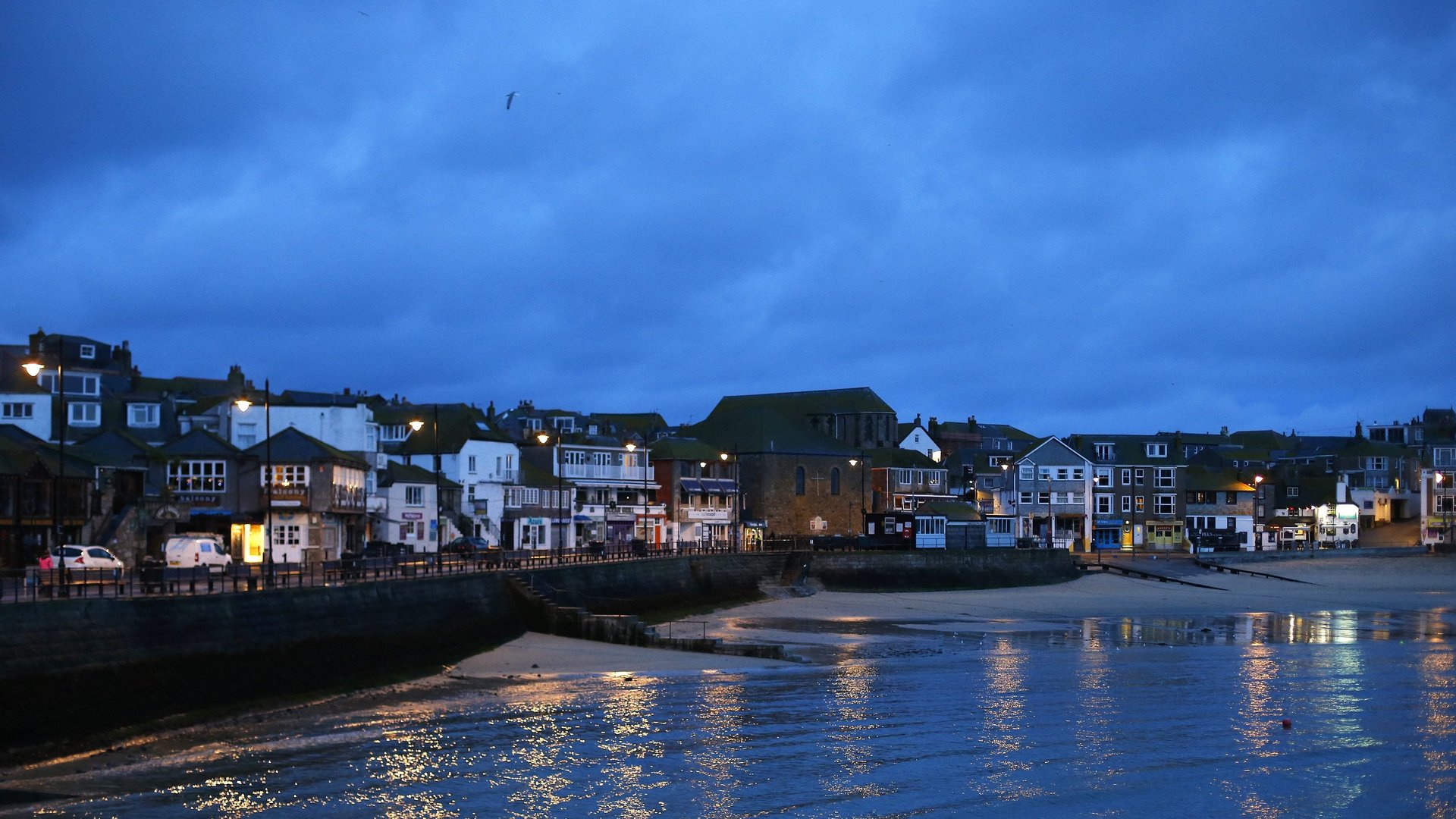To solve the world’s affordable housing crisis, should second homes be banned?
Around the world, house prices are spiraling out of control while wages stagnate, leading to talk of a global housing crisis.


Around the world, house prices are spiraling out of control while wages stagnate, leading to talk of a global housing crisis.
In the US, the affordable housing crisis is turning high-earners into renters, which is particularly acute in San Francisco, where residents can rent a refurbished FedEx van home for a mere $600 a month. In London, hundreds of interested homeowners queued in the rain for a chance to buy a studio apartment for £199,000 ($288,095), which isn’t surprising as the average house in London now costs almost £522,000.
The focus of this crisis in affordability, which affects a number of cities from Mumbai to Stockholm, has now suddenly shifted to a quaint English seaside town. In a remarkable referendum, 80% of residents in St. Ives, in Cornwall, voted for a neighborhood plan that bans the sale of newly built homes as second homes.
“It’s a way of trying to preserve our community going forward,” Linda Taylor, the mayor of St. Ives, tells Quartz. She has been overwhelmed by the support she’s received both in the UK and abroad. “It made other towns realize they also have their ability to determine their future,” she adds.
St. Ives is a popular tourist destination for many British holidaymakers. The town was once dubbed “Kensington-on-Sea” due to the large number of posh holiday homes. One in four houses there are second homes, according to the local council. Property prices have soared in recent years, causing a dramatic shortage in affordable housing.
And while the average prices cost of a home there is around £315,000 ($458,970), the average wage in St. Ives is just £16,359, which is well below the national wage of £22,044.
The neighborhood plan identified specific sites most in need of affordable housing and decided to sell these new builds to local residents to help them get on the housing ladder. The ban will not have any retrospective impact, so won’t affect any older properties in St. Ives.
While the ban might help some residents to buy property, it could also have some unintended consequences on the local economy. Tourism is essential to St. Ives’ economy; the town attracts 954,600 staying visitor nights a year (pdf), who spend about £87 million and support almost 3,000 jobs.
The Swiss example
Christian Hilber, an associate professor in economic geography at the London School of Economics, is studying the effects of a similar ban on the construction of second homes in Switzerland, where certain areas are bursting with tourists during the skiing season, but are much emptier during the spring. His preliminary results are grim reading for those looking to restrict second-homes to tackle the housing crisis.
“The ban had a substantive negative effect on the prices of primary homes,” Hilber says. “And expected growth in affected locations essentially came to a halt after the second home ban.”
The prices of primary homes in affected areas decreased by 12% from the year before the vote to the year after. This went on to have a strong negative effect on local economies. Instead of implementing a ban, Hilber recommends towns like St. Ives introduce a property tax that discourages from people buying property and leaving it empty.
He said that a local tax for second homeowners creates revenue, while a ban doesn’t.